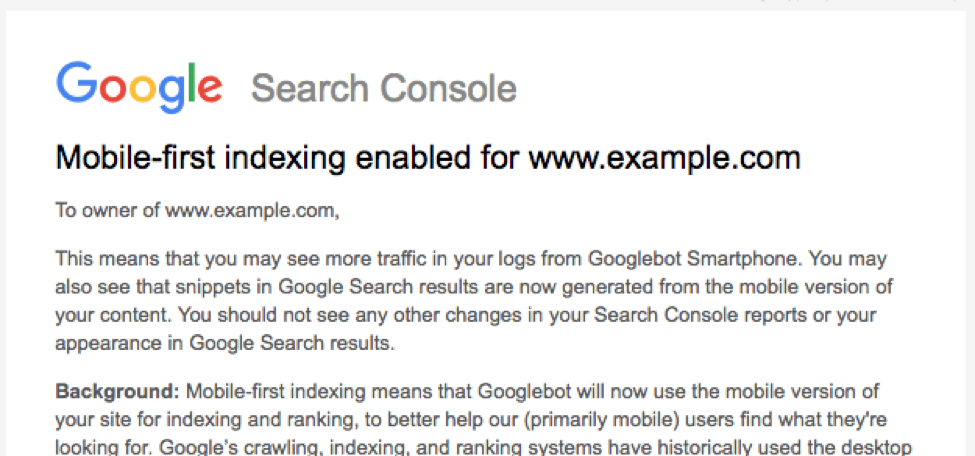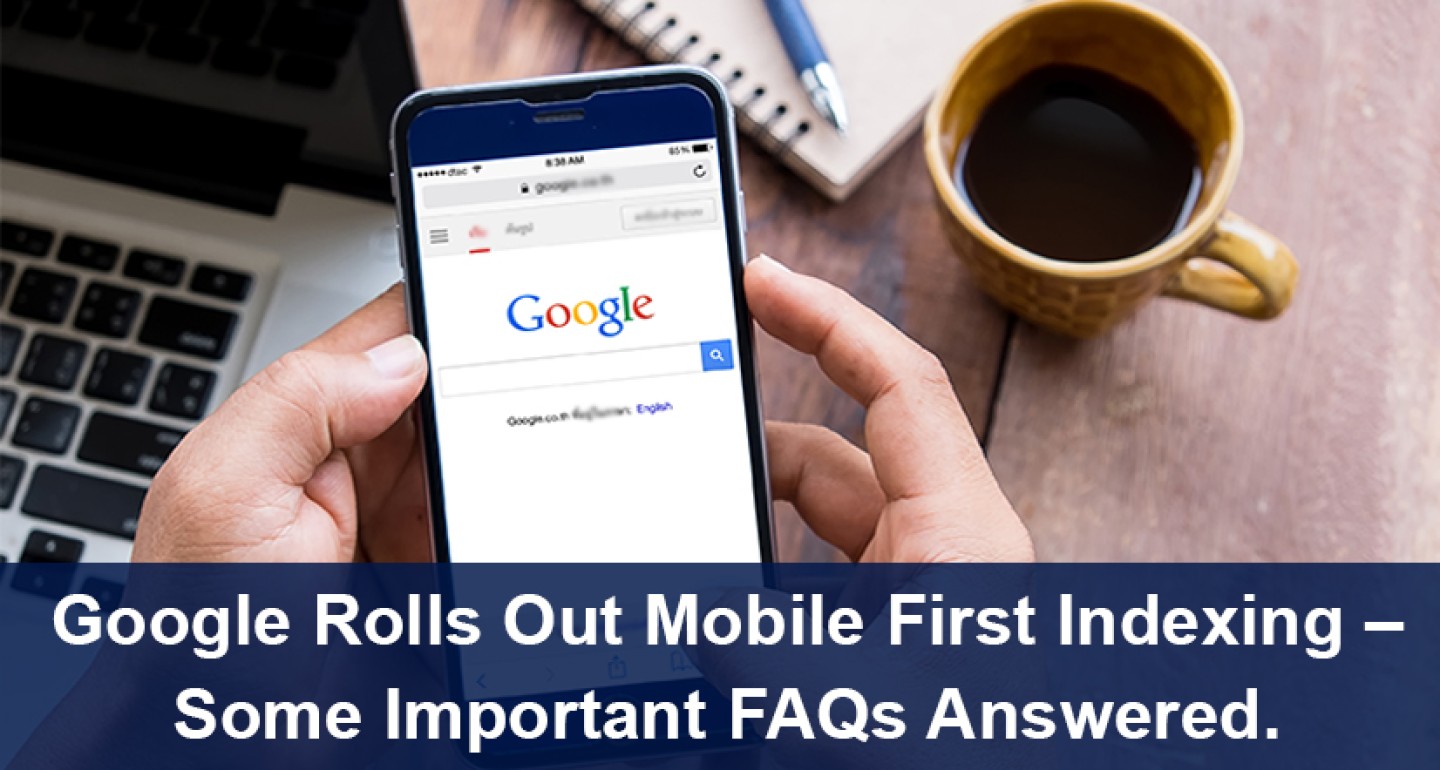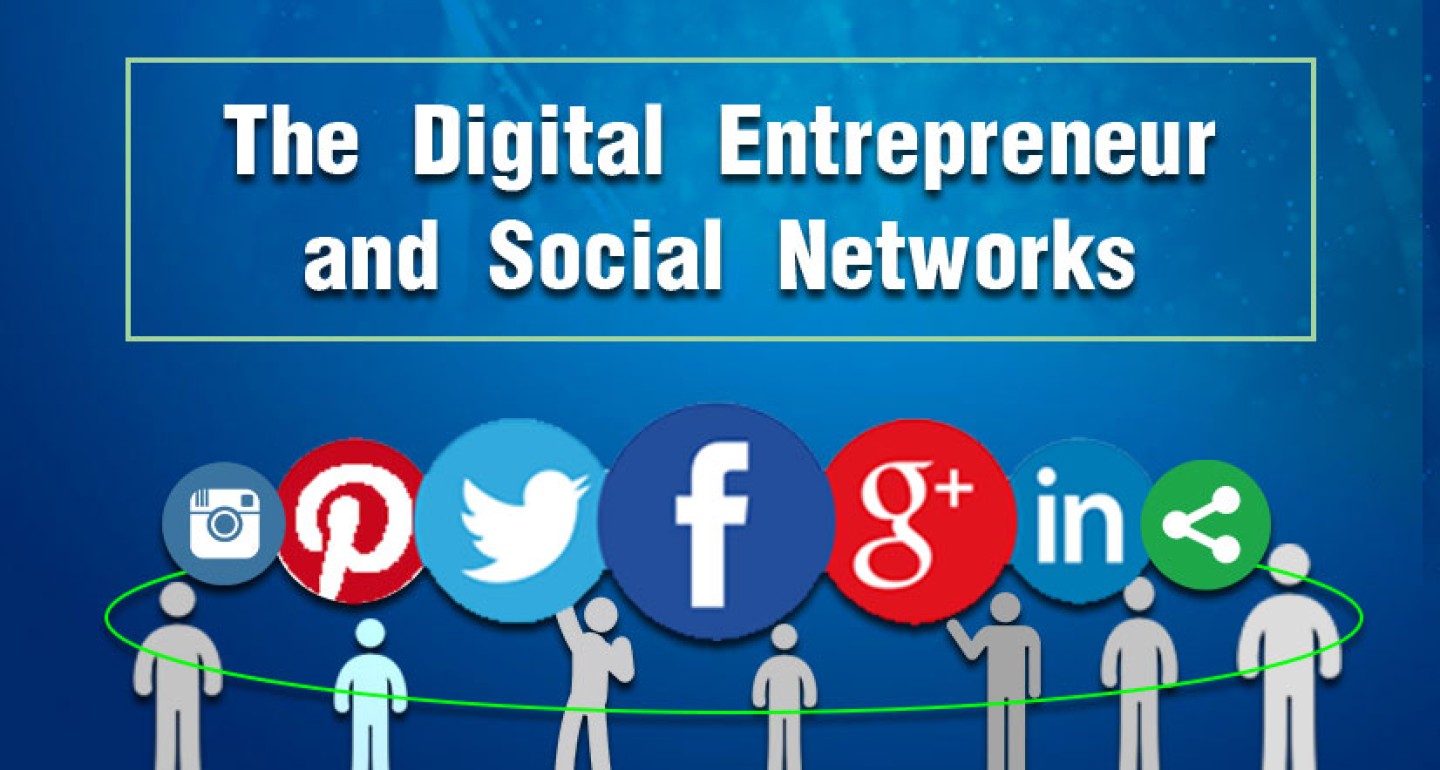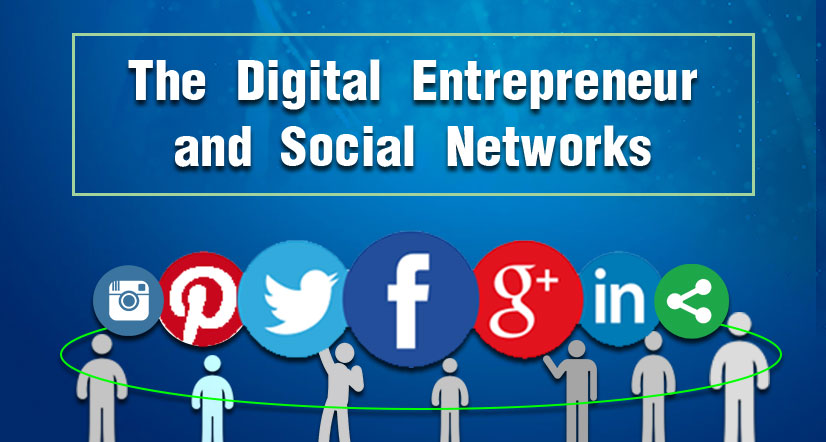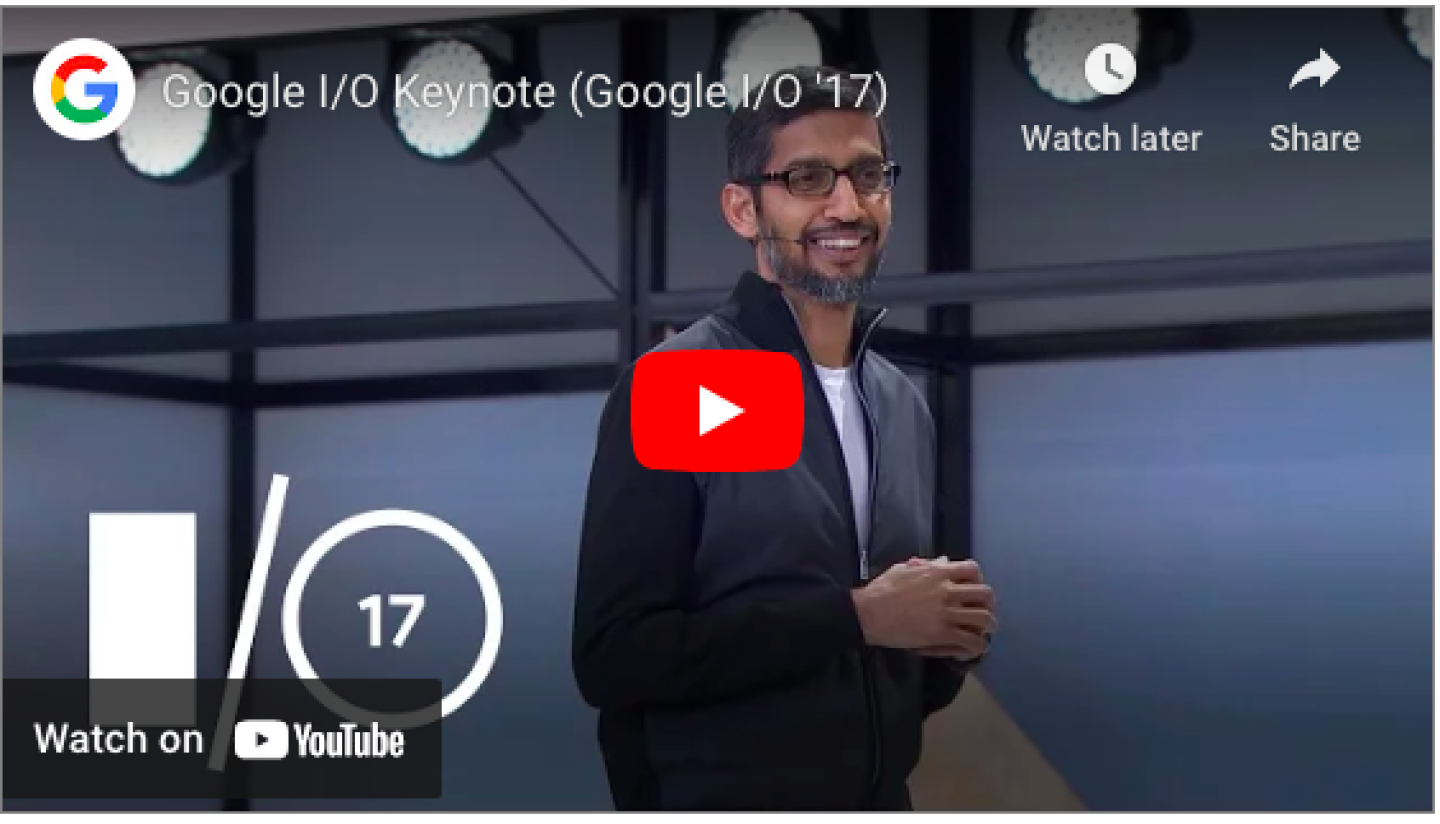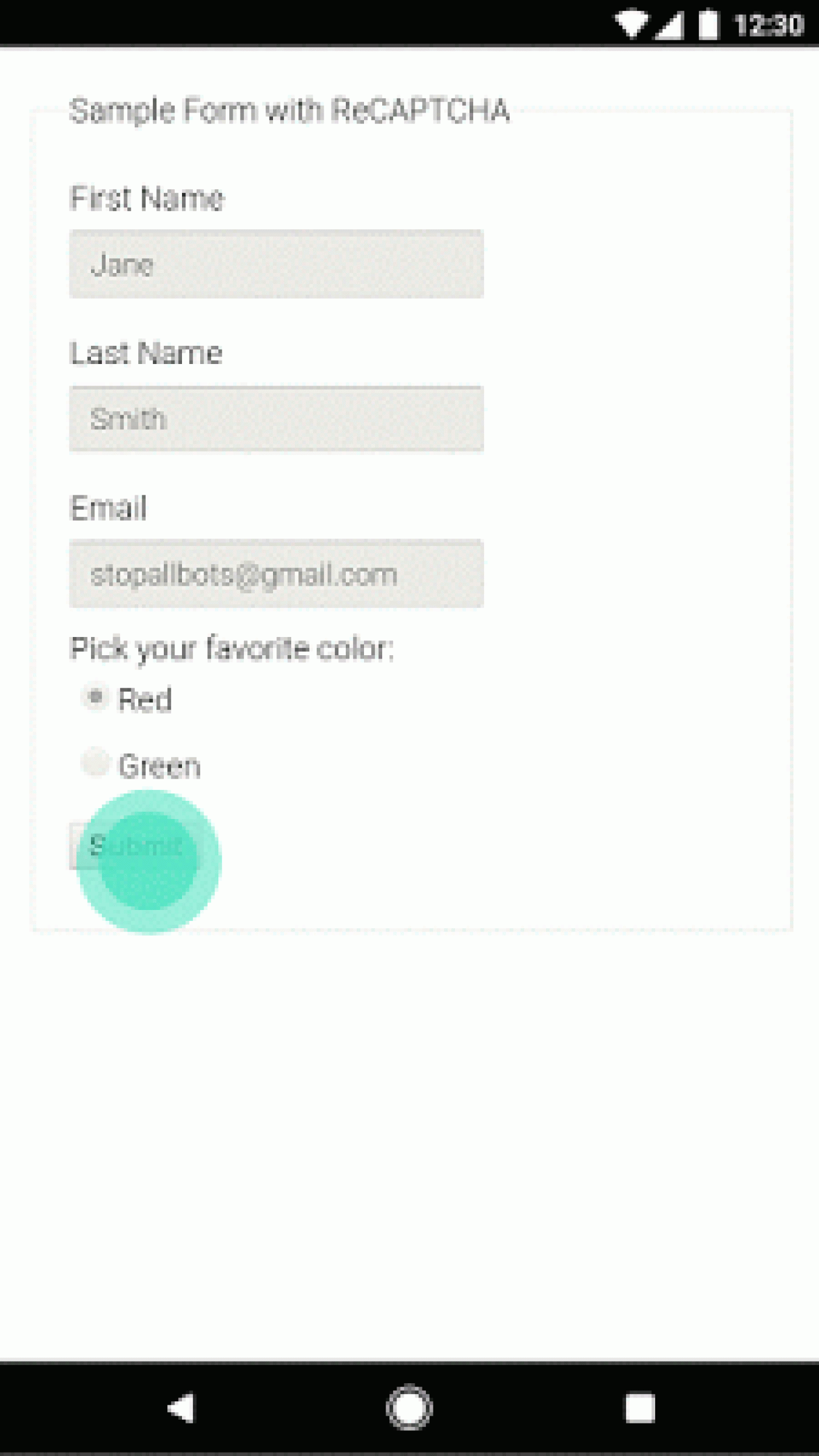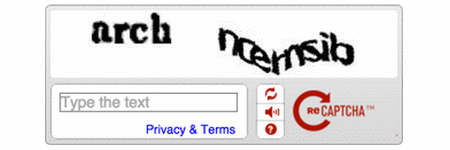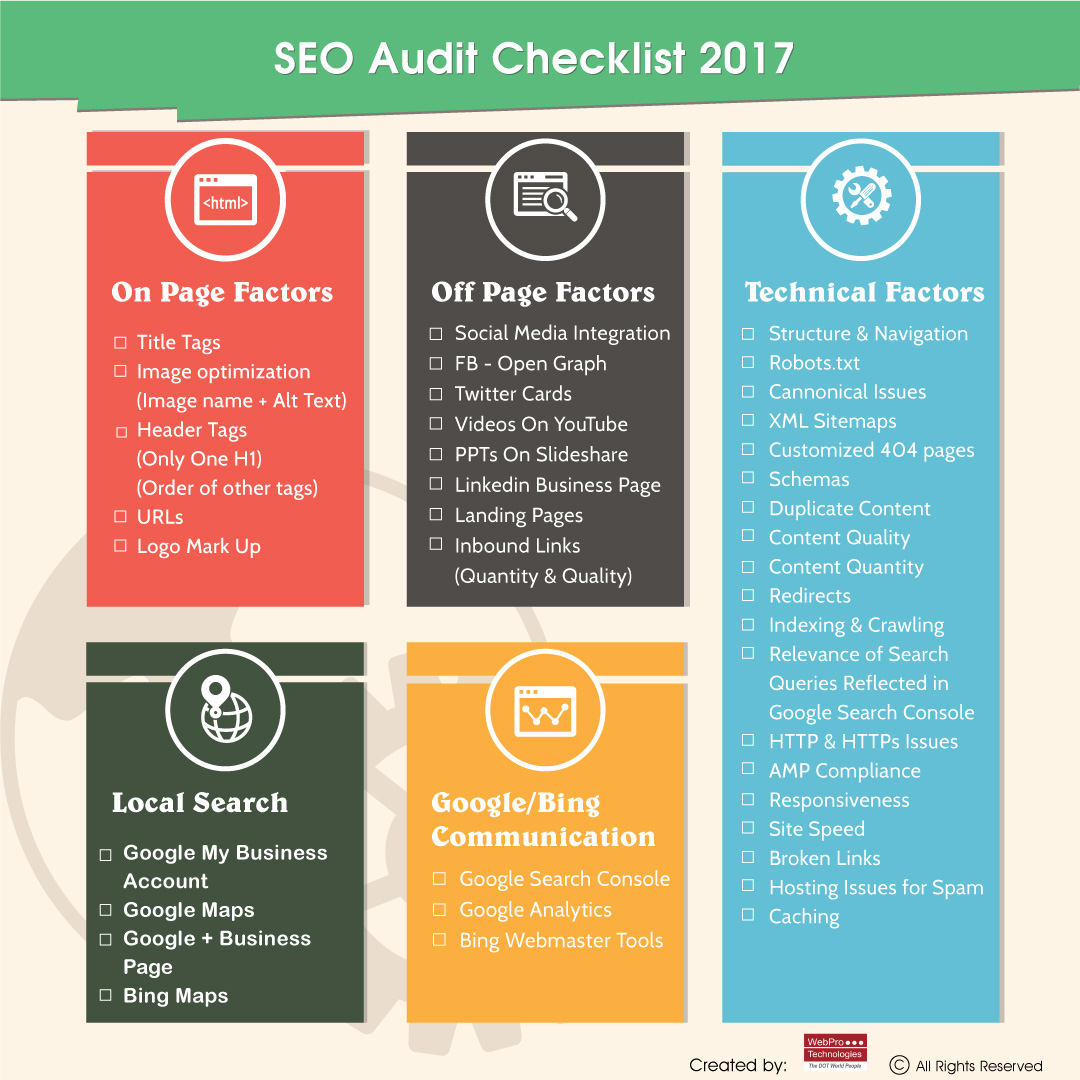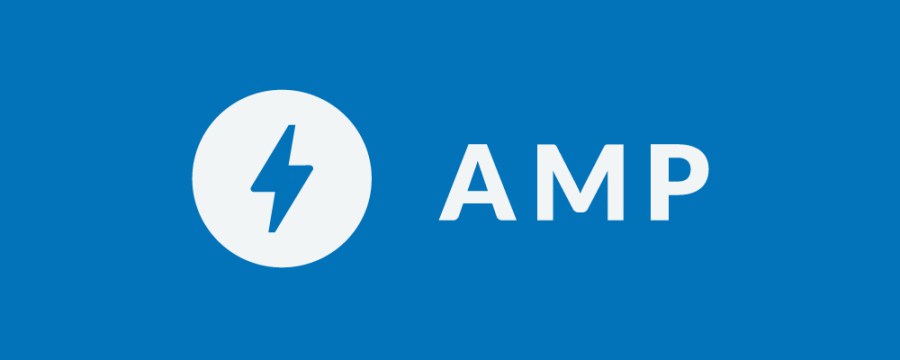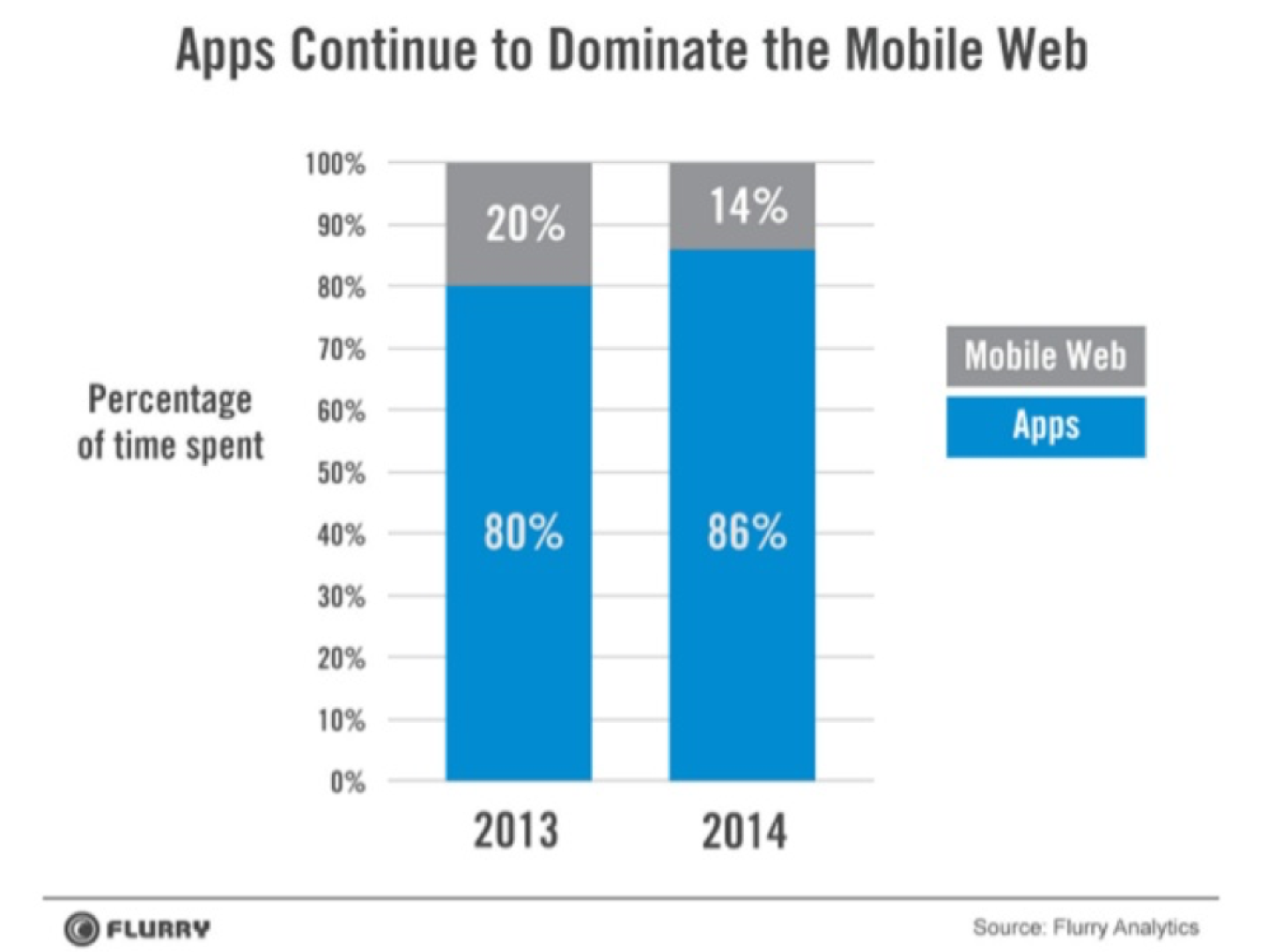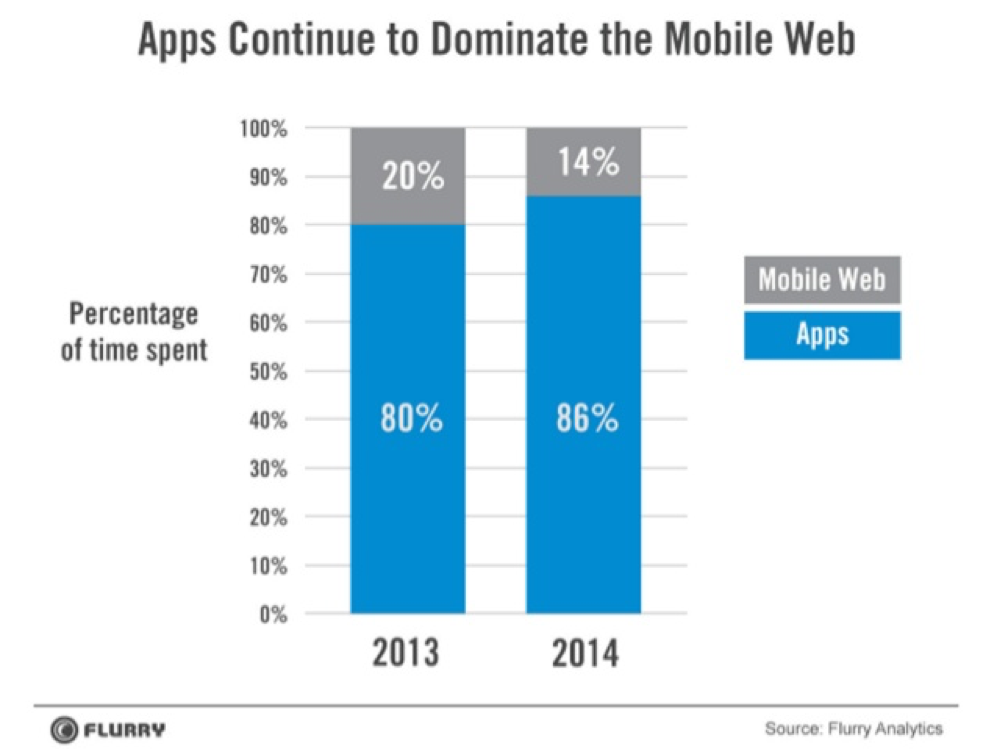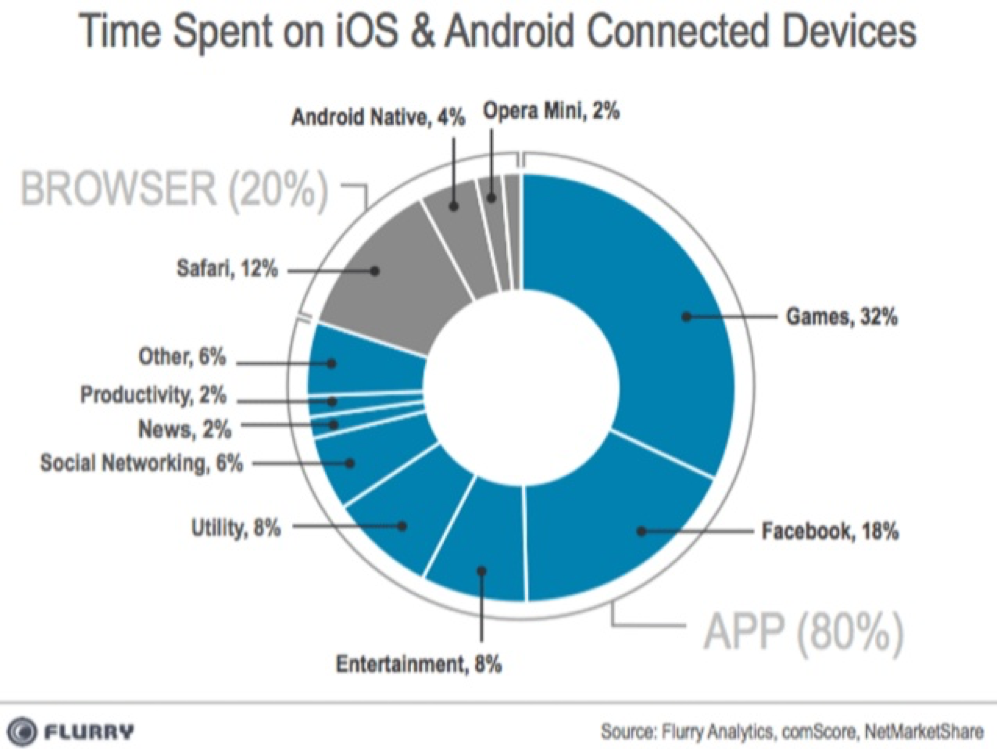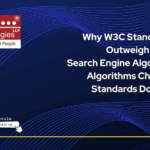There is no doubt that mobile search is huge and the number of searches from mobile devices are increasing exponentially day by day.
Gary Illyes, Google webmaster trends analyst, during a SMX Advanced conference in Seattle in Seattle in June 2017 had mentioned that the Mobile-First index is going to be huge.
Illyes had said:
"We don’t have a timeline for the launch yet but, we have some ideas for when this will launch, but it’s probably many quarters away. Our engineers’ timeline was initially end of 2017. Right now, we think more 2018.
On March 26th 2018, Google announced that after a year and a half of careful experimentation and testing, we’ve started migrating sites that follow the best practices for mobile-first indexing.
Some FAQs regarding mobile-first indexing are as follows:
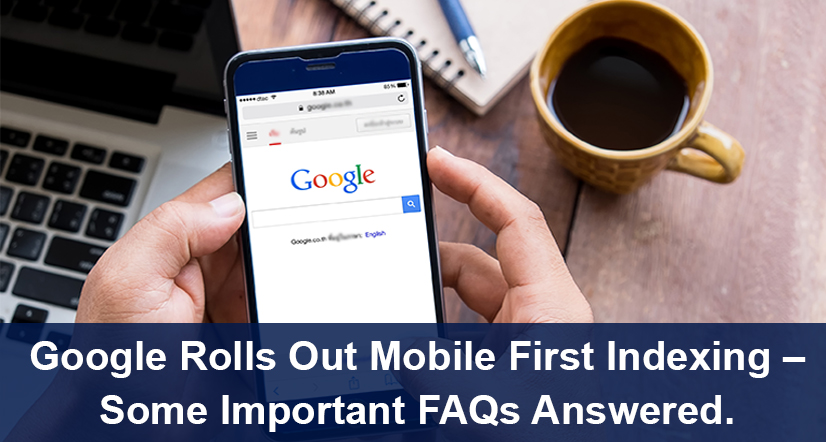
What Does Mobile First Indexing Mean?
Historically, the Google index primarily used the desktop version of a page's content when evaluating the relevance of a page to a user's query. Since majority of users now access Google via a mobile device, the index will primarily use the mobile version of a page's content going forward.
Does Google Have a Separate Mobile First Index?
No, Google continues to use only one index.
How does Google evaluate sites for Mobile First Indexing?
Google evaluates each site individually on its readiness for mobile-first indexing based on the best practices and transition the site when the site is ready.
What are the best practices for Mobile First Indexing?
If your site has separate desktop and mobile content, which means you have a dynamic serving or separate URLs (or m-dot) site, make sure you follow the best practices below to prepare for mobile-first indexing:
Your mobile site should contain the same content as your desktop site.
- Structured data should be present on both versions of your site.
- Metadata should be present on both versions of the site.
- Verify both versions of your site in Search Console
- Ensure your servers have enough capacity to a handle potential increase in crawl rate on the mobile version of your site.
- Verify that your robots.txt directives work as you intended for both versions of your site. In most cases, sites should use the same directives for both mobile and desktop versions of their sites.
- Make sure you have the correct rel=canonical and rel=alternate link elements between your mobile and desktop versions.
- If Your site has both AMP and non-AMP versions of a page. Users see two different URLs then, Google prefers the mobile version of
the non-AMP URL for indexing.
Does Mobile First Indexing affect rankings?
Mobile-first indexing is about how we gather content, not about how content is ranked. mobile-first indexing has no ranking advantage over mobile content that’s not yet gathered this way or desktop content.
Though mobile-friendly content performs better for those who are searching on mobile. But, as always, ranking uses many factors. Google may show content to users that’s not mobile-friendly or that is slow loading if many other signals determine it as the most relevant content to show.
How does the page load time affect mobile-first indexing?
Recently Google announced that beginning in July 2018 page speed will be a ranking factor for mobile searches. Content that loads faster may perform better for both desktop and mobile searchers.
However, the “Speed Update,” as Google is calling it, will only affect pages that deliver the slowest experience to users and will only affect a small percentage of queries. It applies the same standard to all pages, regardless of the technology used to build the page. The intent of the search query is still a very strong signal, so a slow page may still rank highly if it has great, relevant content.
How will Google notify webmasters/site owners that their websites have been migrated to mobile-first index?
Google will notify webmasters/site owners that their sites are migrated to the mobile-first indexing process via messages in the Google Search Console. Here is a screen shot of a notification:
